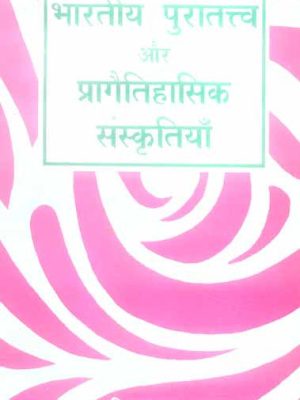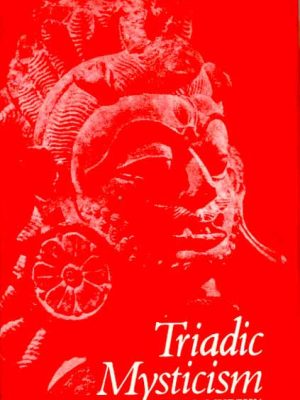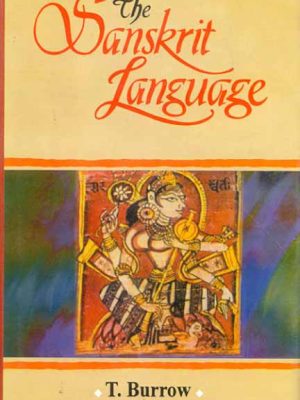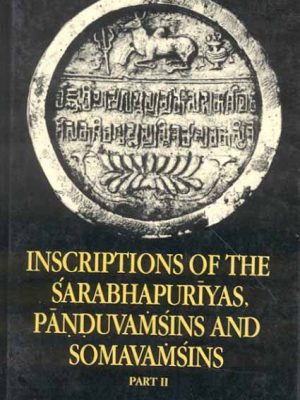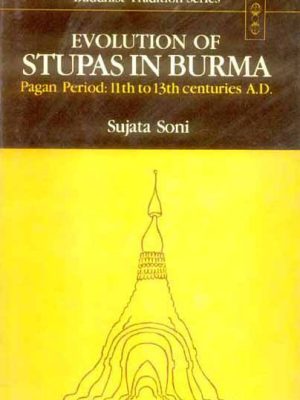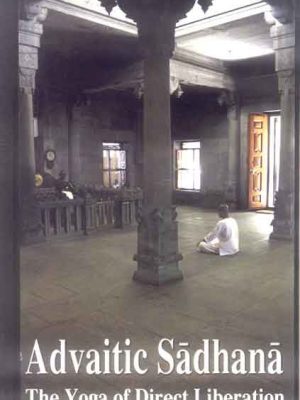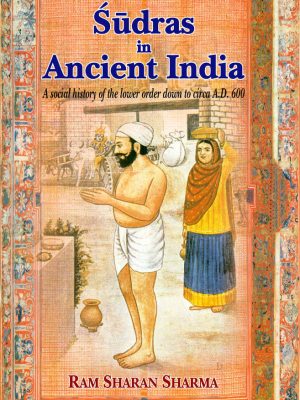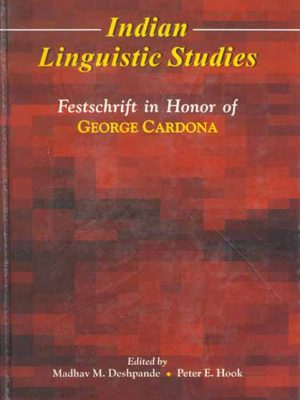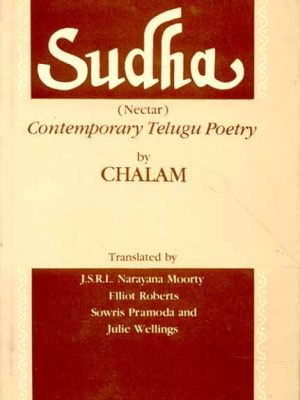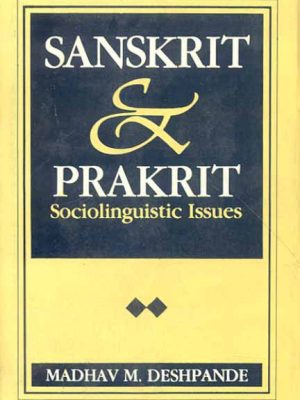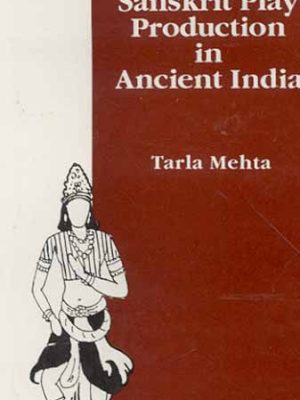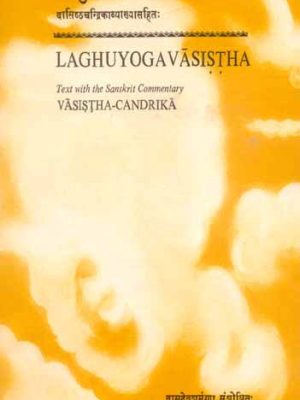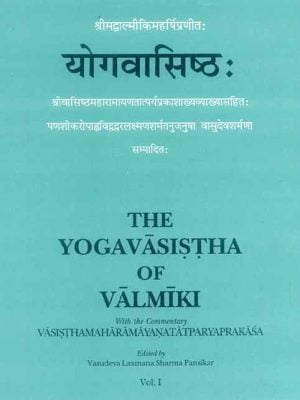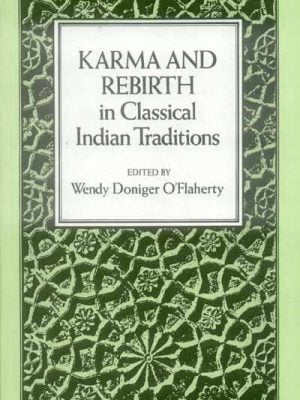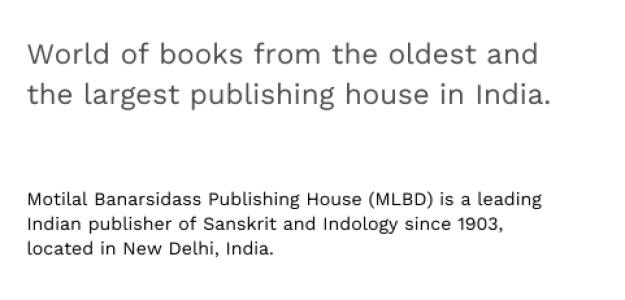
Motilal Banarsidass Publishing House
-
Bhartiya Puratattva aur Pragaitihasik sanskritiya
Bhartiya Puratattva aur Pragaitihasik sanskritiya is authored by Shiv Swaroop Sahai
₹595.00 -
-
Inscriptions of the Sarabhapuriyas, Panudvamsins and Somavamsins (2 Vols.)
Inscriptions of the Sarabhapuriyas, Panudvamsins and Somavamsins (2 Vols.)
This work is a product of the Inscriptions of India Programme of the Indian Council of Historical Research undertaken with a view to making inscriptions dating from circa sixth to fourteenth century a.d. available in handy volumes. Part I studies the inscriptions of the Sarabhapuriyas, Panduvamsins and Somavamsins who played a major role in shaping the destinies of the Chhattisgarh region of Madhya Pradesh (Kosala) and the adjoining region of Orissa from about the sixth to the early twelfth century a.d. It provides a background to the study of the inscriptions by attempting to deal with their formal aspects like the format, palaeography, language, orthography, contents and methods of dating and to trace, for the first time, the evolution of their draft. Dharmasastra injunctions regarding the preparation of deeds of land-grants and their actual epigraphic parallels have also been discussed at length. The work sheds welcome light on the chronology and history of the region during the period in question and offers several original suggestions basing on fresh discoveries and new interpretation of known records. With its many interesting features, the work will surely be found enlightening by students and researchers delving deep into early Indian history and epigraphy.
₹1,695.00 -
Evolution of Stupas in Burma: Pagan Period: 11th to 13th Centuries A.D.)
Evolution of Stupas in Burma: Pagan Period: 11th to 13th Centuries A.D.)
This work is the outcome of painstaking research on the evolution of stupas in Burma, Pagan Period, 11th to 13th centuries a.d. Burma known as the land of pagodas is nowhere so rich in the number of pagodas as in Pagan. The stupendous vastness of the ruins reminiscent of the glory that was of Pagan
in its heyday inspired this study. The evolution traced back to the beginning of the stupa structure in India, deals with the various architectural phases (duly illustrated) it passed through ending with the final stage in the Rhwedagum Pagoda in Rangoon (Burma). Apart from the material side of the study, there is the need of looking into the aesthetic and spiritual side of the evolution. That religious architecture is a barometer of the material prosperity and social outlook of the people,
besides being the handmaid of the spiritual aspirations of the devotees, is amply discernible in this study.
The value of the art survey in this work is further enhanced by the inclusion of over 138 photographs. Moreover, besides the magnificent Pagan art, it gives a comparative view of the religious architectual development in the Asian countries contemporaneous with the Pagan Period.
₹595.00 -
